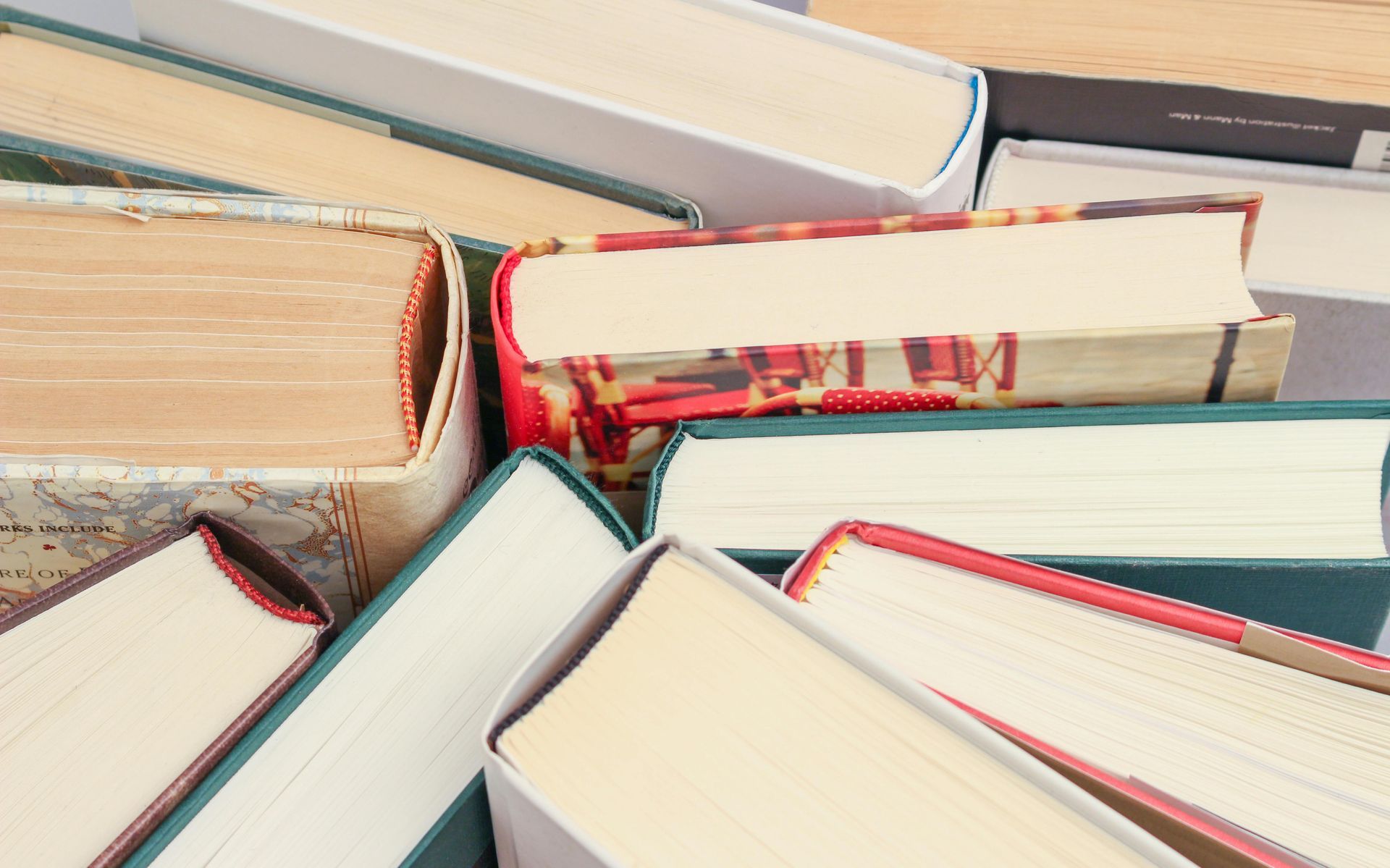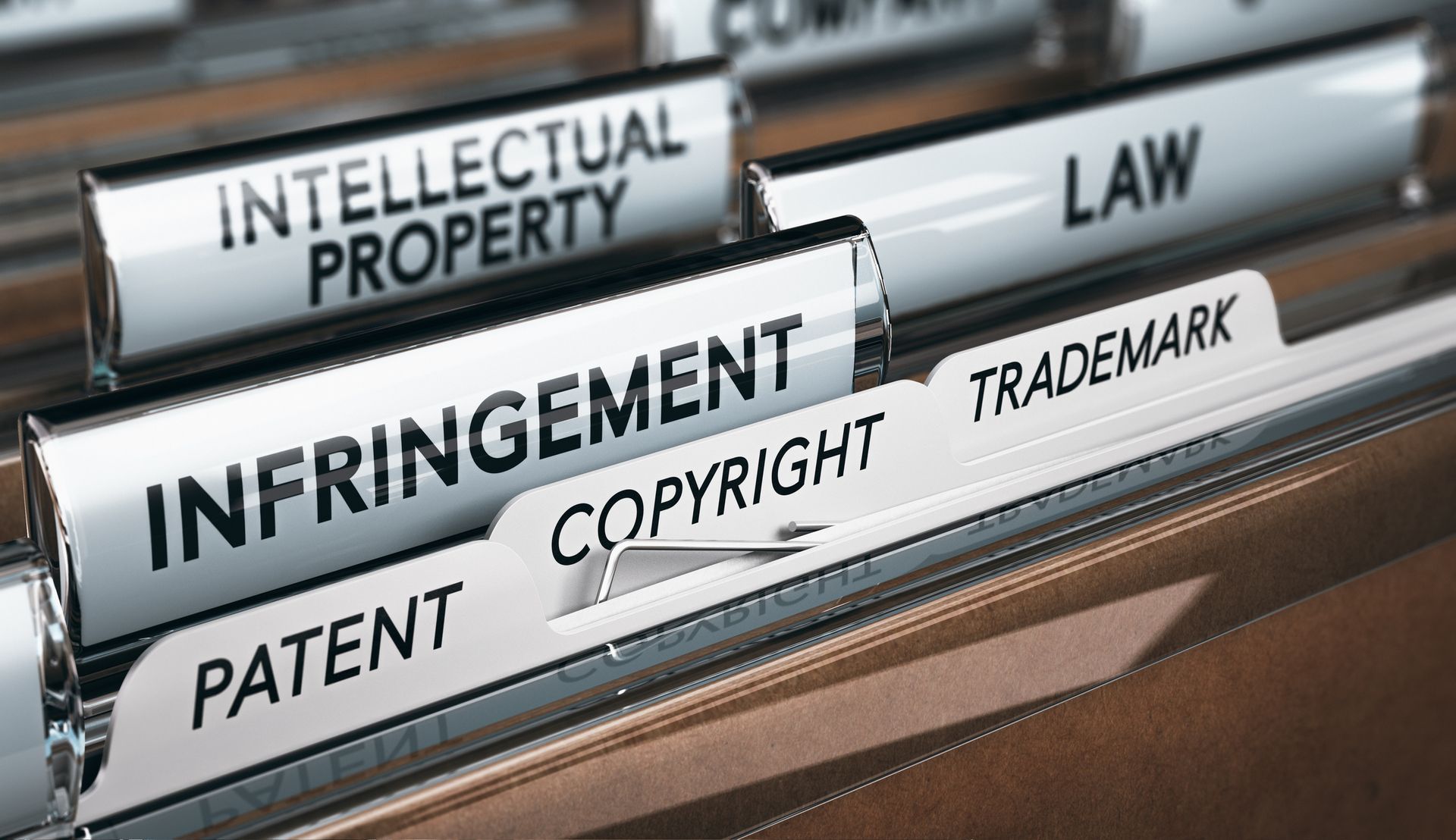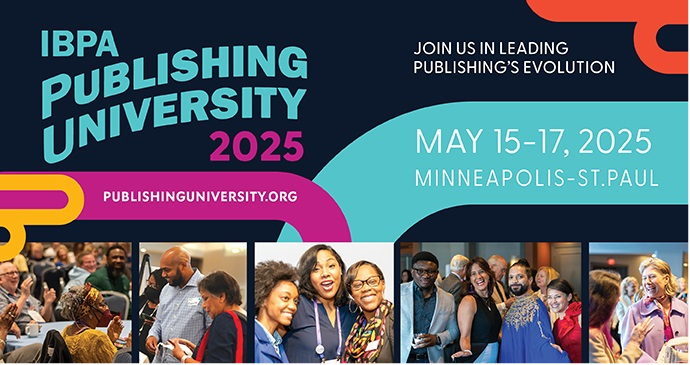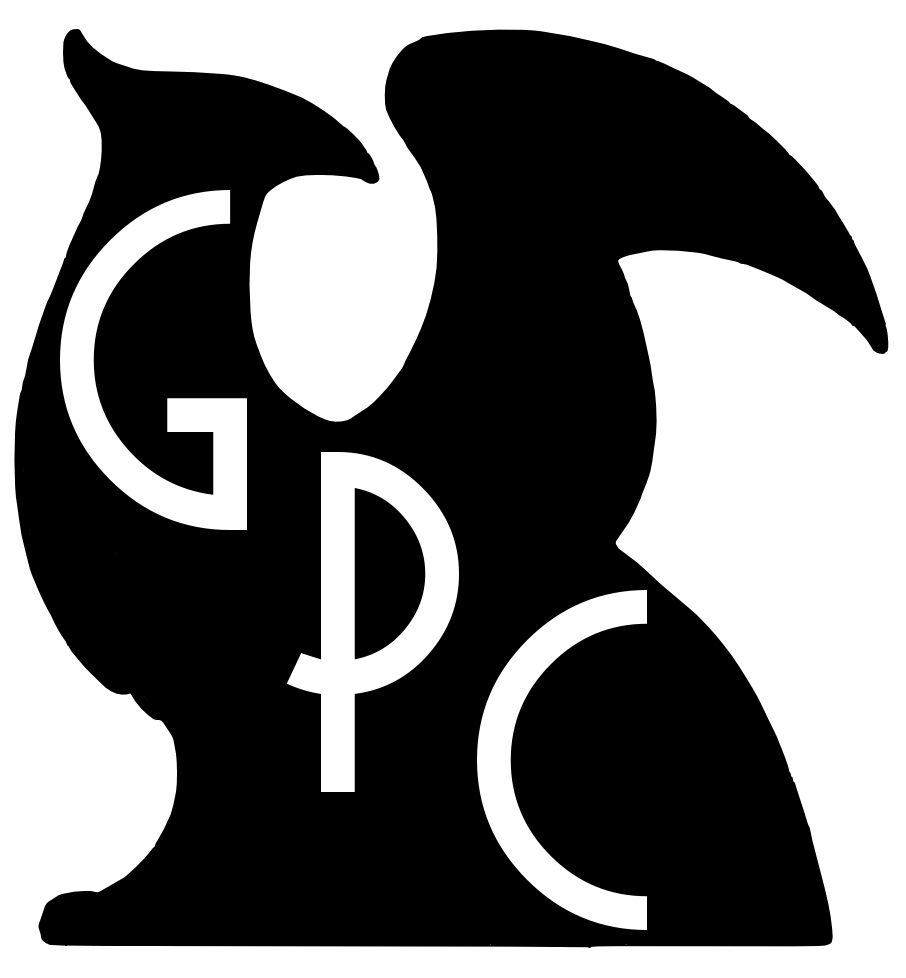Adapting a Work? Get in the Clear!
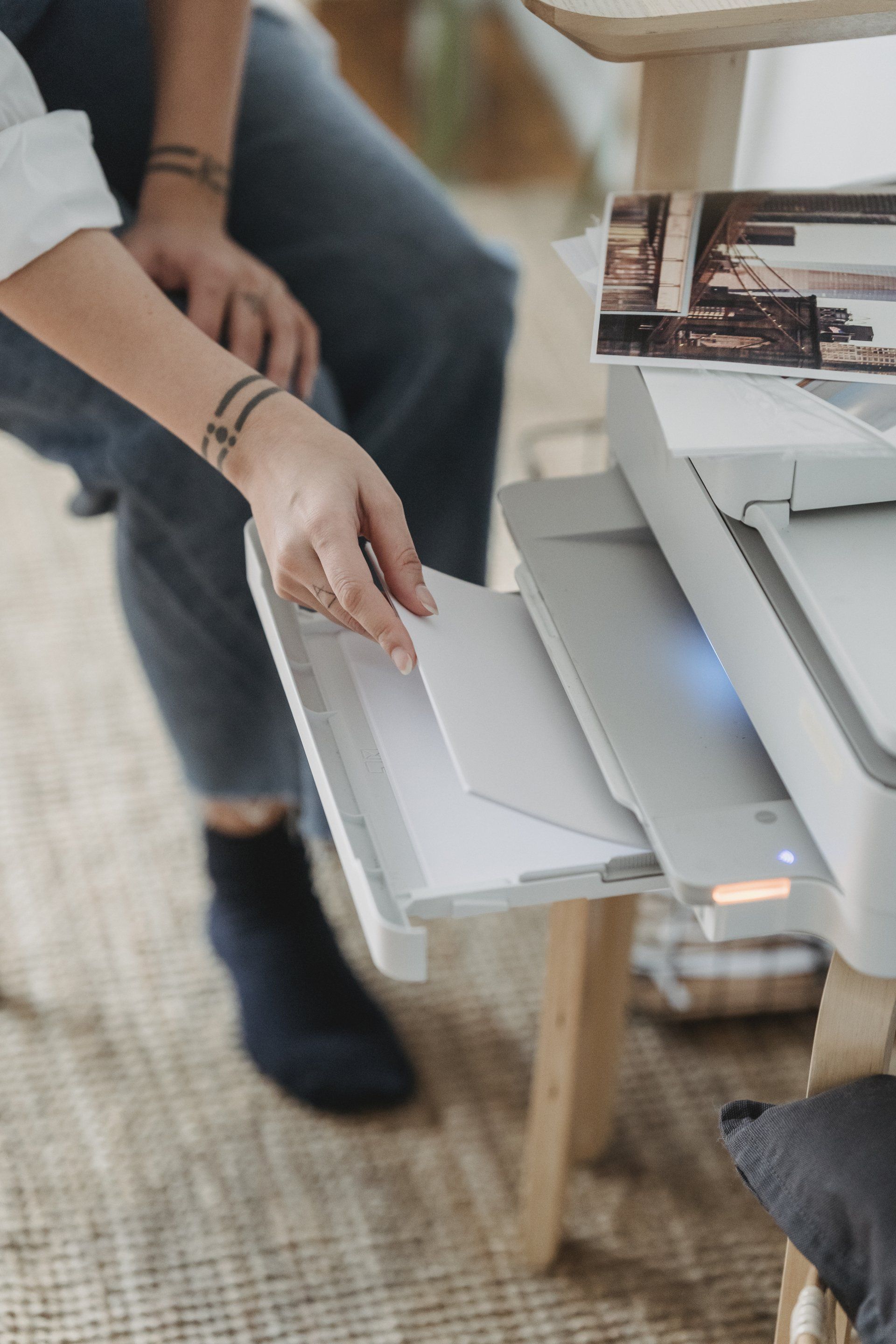
Artists find inspiration virtually anywhere: the world itself provides queues to messages and stories that need to be told through photography, art, poetry and literature.
An existing work might spark a new work or even inspire a statement or criticism of that original work, but artists, photographers and writers need to be aware when their adaptation might indeed cross the line into infringement.
A recent article appearing in CNN chronicled one recent case. The artist in question, Chris Devins, stated that the idea for his mural of Michelle Obama as an Egyptian queen on a public building in Chicago was based on an image he found on Pinterest. The artist also claimed he didn't know who owned the image.
Creating a new work inspired by another previously-exisiting work without formal permission can land an artist in plenty of hot water. US Copyright law protects a creator's interest in their work and all derivatives and adaptations (see this circular for more detail). It is imperative that the person or company who wishes to use another's work do their due diligence and attempt to locate the rightsholder before proceeding (and yes, in some circumstances, Fair Use may come into play, but that's a matter for another post).
This is not to say that finding a rightsholder is an easy venture. Best practices suggest allowing at least 4-6 weeks to complete permissions research and clearance. That said, the search process can take much longer because the first source you find for an image or excerpt might not automatically lead you to the rightsholder.
When seeking the rightsholder for literature, the first place to start is with the copyright or credits page of the publication where you found the material. The person or entity listed there will likely be your source, but realize that when rights are reverted or sold you may be ultimately working with someone else entirely. A search on the Copyright Office's Online Records will also be of great help for items copyrighted after 1978.
Images can pose particular challenges, especially if you found an image posted on social media. If the account posting is not the originator of the image, and your contact for the account doesn't know who does hold the rights, a reverse image search is a good first step. "Start with Tineye or [a similar search engine]...." says Liz Grady, a photo rights clearance expert. Remember that images can (and should be) registered at the US Copyright Office as well, so a search for an image there with a certain description may reveal the rightsholder.
Just as with excerpts from publications, you might find yourself up against a wall. Liz has helpful advice even then: "If you hit a complete dead end - meaning you absolutely cannot track down the copyright holder - pick another picture, pure and simple."
It's certainly better to be copyright than copy wrong.
